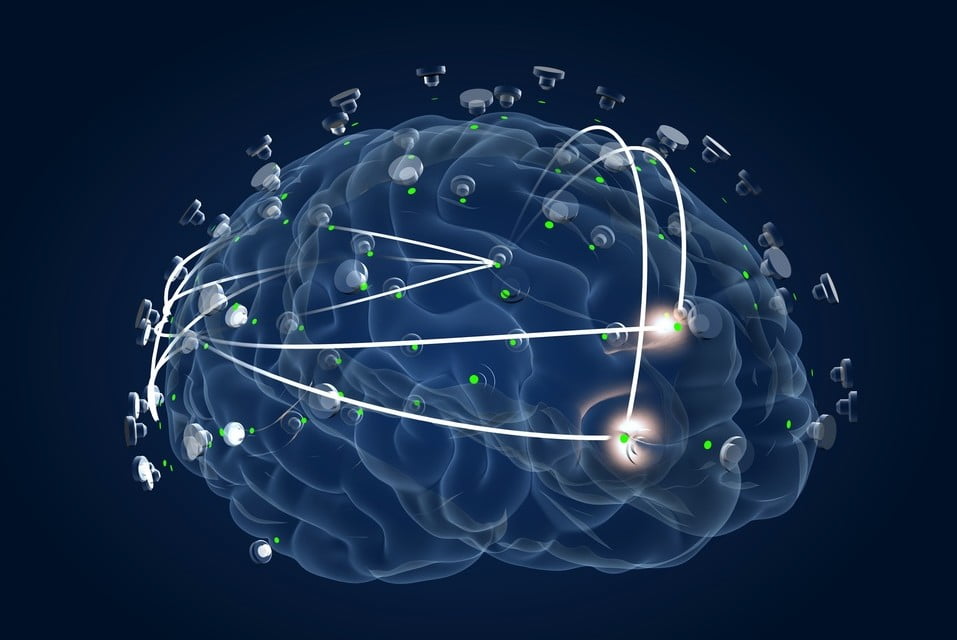This article was first published by The Times of Israel and was re-posted with permission.
Fresh from its recent award as one of the 49 most innovative startups in the world by the World Economic Forum, Israeli biotechnology firm ElMindA, developers of the world’s first FDA-approved neural functional assessment tool to visualize serious brain trauma and illnesses, announced last week that it had received $28 million in a Series C financing round.
ElMindA had to turn away investors anxious to put their money into what could be the next big Israeli med tech exit, according to investment experts familiar with the firm.
SEE ALSO: Mind-Blowing: Brainsway’s Magnetic Pulses Helmet Relieves Depression

ElMindA technology presented to US President Barack Obama during his visit to Israel in 2013. Courtesy
The list of investors who did get into the funding round reads like a who’s who of the global investment world. Among the investors: Chinese global investors Shanda Group, Wexford Capital, which has some $6 billion of assets under management in hedge funds and private equity funds companies, investment bank WR Hambrecht & Co, asset manager Palisade Capital Management, crowdfunding pioneers OurCrowd (among the first to invest in ElMinda), the Kraft Group (owner of the New England Patriots, but also a heavy investor in health-tech), and Swiss investment house Healthcrest AG.
The money will go toward enhancing ElMindA’s proprietary Brain Network Activation system, and preparing the system for commercial and clinical adoption, following BNA’s 2014 FDA clearance in the US and European CE Mark approval for brain function assessment.
SEE ALSO: Israeli Researchers Who Made It Their Life Goal To Beat Parkinson’s Disease
While most brain monitoring systems require the invasive insertion of a sensor inside the head, ElMindA’s BNA takes its measurements using a sensor-laden futuristic-looking “helmet” that contains dozens of electrodes that measure activity through the skull. The sensors are able to measure the electronic activity of the brain at different points, with each sensor recording the activity associated with a specific brain function – thought, memory, activity, etc.
The data is analyzed by specially developed algorithms based on patented signal processing and pattern recognition techniques that can connect between signals, revealing three-dimensional images of Brain Network Activation patterns which represent high resolution functional neural pathways. The data can aid doctors in the profiling of brain function and changes in functionality, and can assist follow-up of changes in disease progression and/or response to therapeutic interventions.
To read the full article, click here.
Photos courtesy of ElMindA
Related posts

Israeli Medical Technologies That Could Change The World

Harnessing Our Own Bodies For Side Effect-Free Weight Loss

Missing Protein Could Unlock Treatment For Aggressive Lung Cancer




Facebook comments